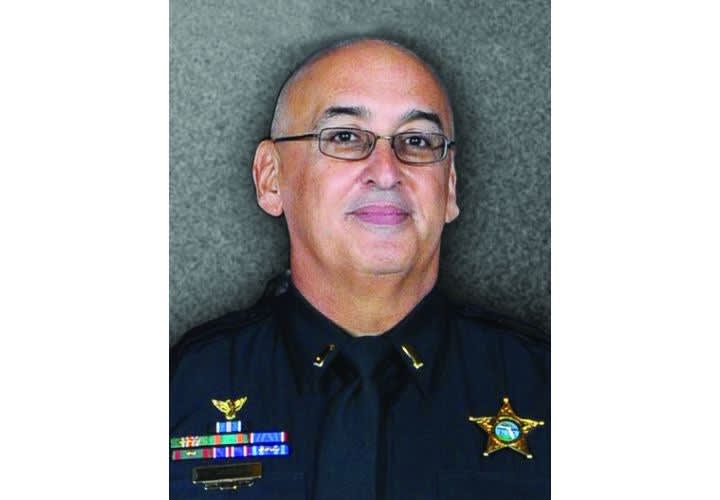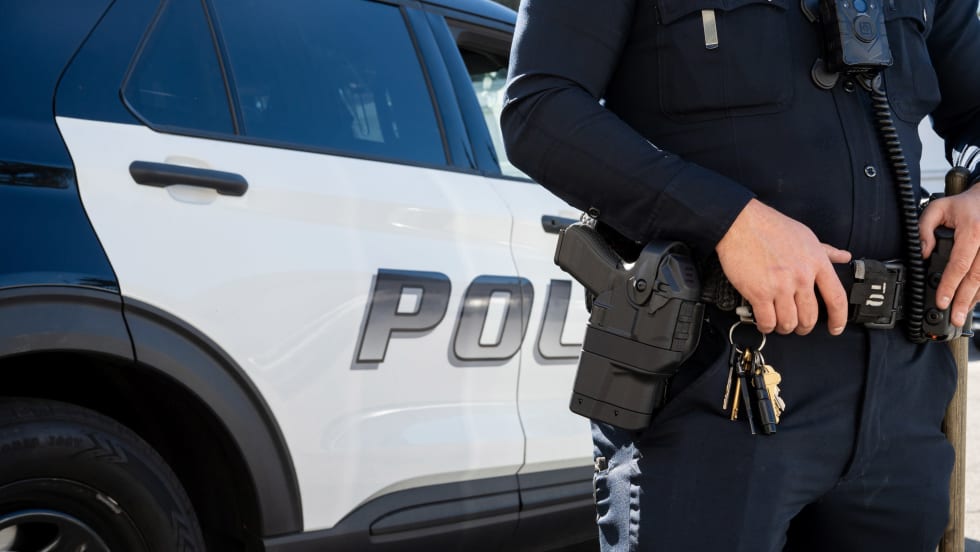Situation. Explaining the situation gives everyone a view of the big picture. It gives us our starting point and the influences and or issues that surround it. The situation can also be used as a problem statement. Consider the situation portion as your introduction. Here's an example: "We have had an increase in burglaries in all sectors over the last three months. We believe it's an organized group with ties outside of our county. Our estimate of the situation leads us to believe that the Indian Town Subdivision will be the next target." It's an opportunity to get everyone's attention by seeing the need for the operation.
Mission. This is your outline of what needs to be accomplished and by whom. It's the big picture statement and not the entire breakdown of the individual tasks. For example, "During the next two weeks, the Tourist Crimes Unit will conduct an active surveillance of the Indian Town subdivision. They will report any suspicious activity to road patrol units who will respond and handle the initial contact. K-9 will also be on standby in case we need a vehicle search or any suspects flee the area on foot." This simple statement explains the big picture and identifies which three units will participate.
Execution. This is the breakdown of assignments and tasks that each unit will perform. Each unit will be addressed one at a time to ensure a clear understanding of their part in the operation. This is also where they get to hear about every other player involved and what they are being tasked with doing. You can consider this portion a window into what will be needed in order to accomplish your task.
Here is an example of execution for the K-9 unit: "K-9 will stage at the command post. The K-9 supervisor will maintain at least one K-9 team in play at all times. This will be a dedicated team and will not be pulled for any other assignments. K-9's task is to support road patrol by providing drug search and tracking capabilities upon request of the incident commander." When the K-9 supervisor hears this, he or she knows what to plan in order to make it happen.
Administration. This is the nuts and bolts of the operation. It includes internal and external support for the operation. This goes beyond enforcement planning. It speaks to all aspects of the assignment in order to make it work. This includes providing relief, establishing shifts, and how to handle outside resources. "The K-9 supervisor will be on scene at all times. He will act as the relief K-9 team when necessary. If the operation goes beyond eight hours, food will be provided by a local restaurant." You should put in as much detail as necessary to cover your contingency planning.












